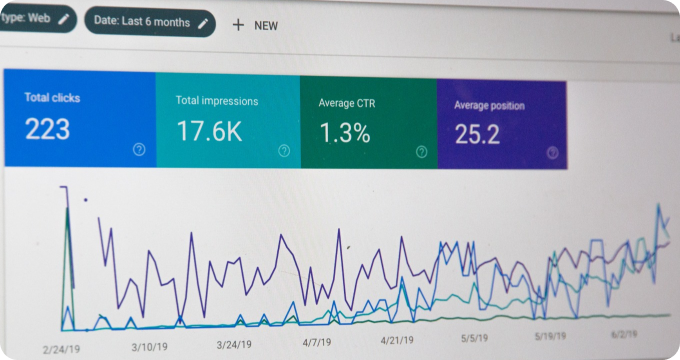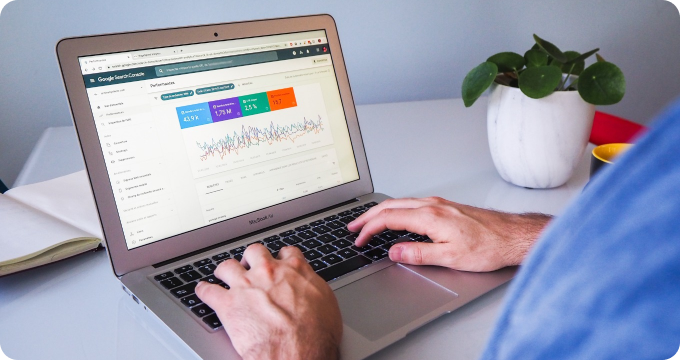Debunking 10 Myths About Software for Qualitative Data Analysis
- November 25, 2023
- 3 minutes
The realm of qualitative data analysis is teeming with software applications designed to assist researchers in interpreting and managing complex, non-numerical data. However, there are several misconceptions tied to the use of such software, which can deter individuals from fully utilizing their potential. In this piece, we shall discern fact from fallacy and cut through the murk of myth to elucidate the truth about software for qualitative data analysis.
-
Myth: Qualitative analysis software limits creativity
While it's undeniable that qualitative data analysis software structures the data management process, there's a vast difference between structuring and stifling. These tools seek to enhance the research process, not inhibit it. By managing data effectively, they free researchers from administrative tasks, allowing them to devote more time to the creative aspect of the research.
-
Myth: Software for qualitative data analysis is too complex to learn
While the learning curve may vary depending on the software, most come with comprehensive user guides, tutorials and, in many cases, training sessions. Moreover, the increasing demand for user-friendly interfaces has prompted developers to create more intuitive and accessible software, rendering this myth obsolete.
-
Myth: The results from such software are not credible
As with traditional analysis methods, the credibility of results depends on the researcher's ability to operate the tools effectively. Software for qualitative data analysis only assists in managing and organizing data; it doesn't analyze or interpret data independently. The researcher remains the ultimate authority in making interpretations and conclusions.
-
Myth: The software will do all the work
While these applications are powerful tools that can streamline the data management process, they can't replace the need for critical thinking and interpretation. They serve as aids, reducing manual coding and data entry efforts, but the intellectual heavy lifting remains in the hands of the researcher.
-
Myth: The software may alter the data
These tools are designed to assist in data management, not to modify data. They store, organize and help visualize data, but they do not alter it unless explicitly directed by the researcher.
-
Myth: Only large research projects need such software
Regardless of project size, qualitative data analysis software can improve efficiency by managing and organizing data effectively. Even smaller projects can become complex enough to benefit from the structure and organization that these tools provide.
-
Myth: It's too expensive
While some high-end software can be pricey, there are numerous affordable and even free alternatives available. Moreover, the cost should be seen as an investment in efficiency, accuracy, and the quality of the research process.
-
Myth: The software standardizes research
The truth is, these tools are versatile and can be customized to accommodate a wide range of methodologies. A skilled researcher can adapt the functionalities of the software to suit their unique research needs, maintaining the individuality and uniqueness of their approach.
-
Myth: The software is only suited for certain disciplines
Qualitative data analysis software is designed to manage and organize non-numerical data, which is a component of research across various disciplines. Its potential extends to any field that generates and uses qualitative data, from social sciences to healthcare, education, and beyond.
-
Myth: All software for qualitative data analysis is the same
Each software application comes with its features, strengths, and limitations. It is essential for the researcher to conduct a thorough review of the tools available and select the one that best aligns with their research objectives and methodology.
In sum, software for qualitative data analysis is a powerful tool that, when used effectively, can significantly enhance the quality and efficiency of any research project. The key lies in understanding and harnessing the potential of these tools, rather than succumbing to misconceptions and myths. As researchers, our quest for truth should extend beyond our studies and into the tools we use to conduct them. By dispelling these myths, we can embrace technology as a steadfast ally in our scholarly pursuits.
Learn More
Unleash the power of your data and transform your research by diving deeper into our blog posts about software for qualitative data analysis. For an unbiased, comprehensive view, they are encouraged to explore our meticulously curated rankings of the Best Software For Qualitative Data Analysis.
Popular Posts
-
 Qualitative Data Analysis Software Industry Report: Key Findings and Crucial Insights
Qualitative Data Analysis Software Industry Report: Key Findings and Crucial Insights
-
 How to Budget for Software in Qualitative Data Analysis
How to Budget for Software in Qualitative Data Analysis
-
 Ask These Questions to a Data Analyst to Choose the Right Software for Qualitative Data Analysis for You
Ask These Questions to a Data Analyst to Choose the Right Software for Qualitative Data Analysis for You
-
 11 Essential Questions to Ask Before Choosing Your Qualitative Data Analysis Software
11 Essential Questions to Ask Before Choosing Your Qualitative Data Analysis Software
-
 7 Things I Wish I'd Known About Software For Qualitative Data Analysis Before Investing In One
7 Things I Wish I'd Known About Software For Qualitative Data Analysis Before Investing In One






